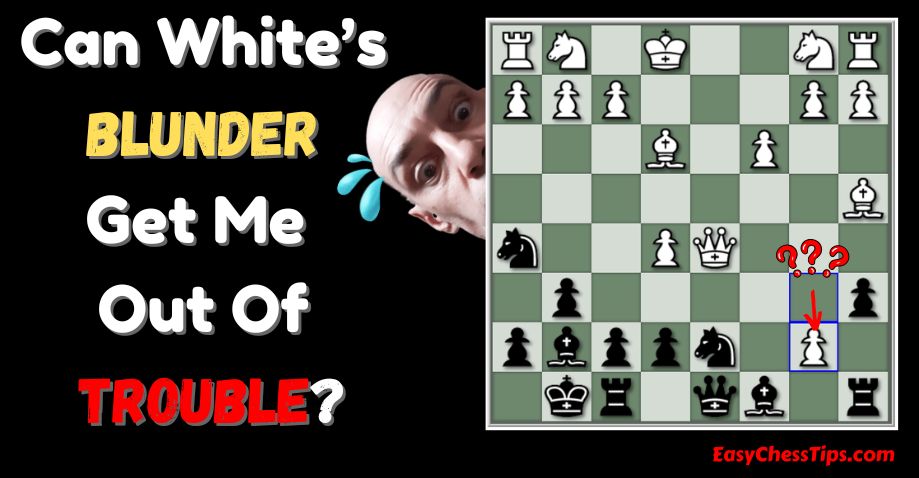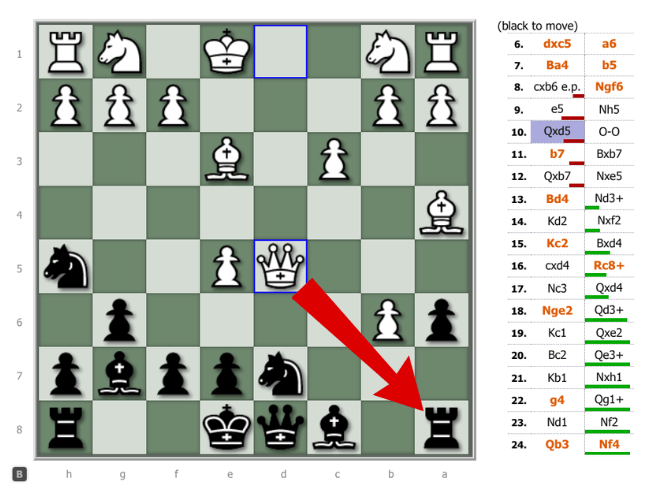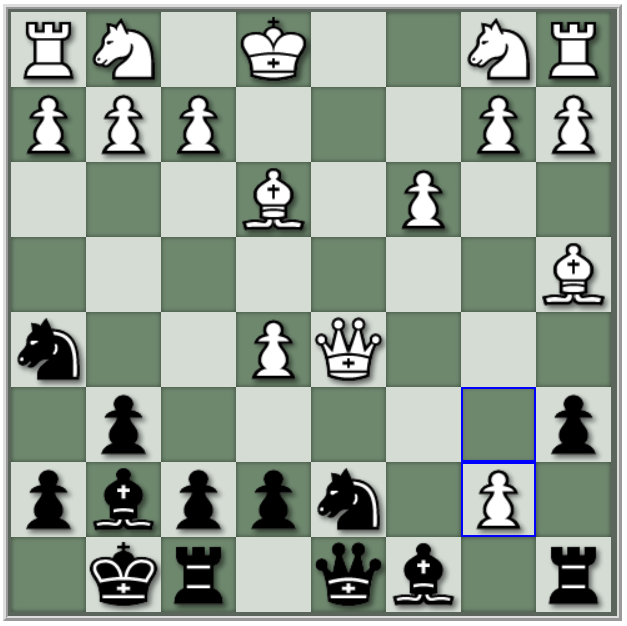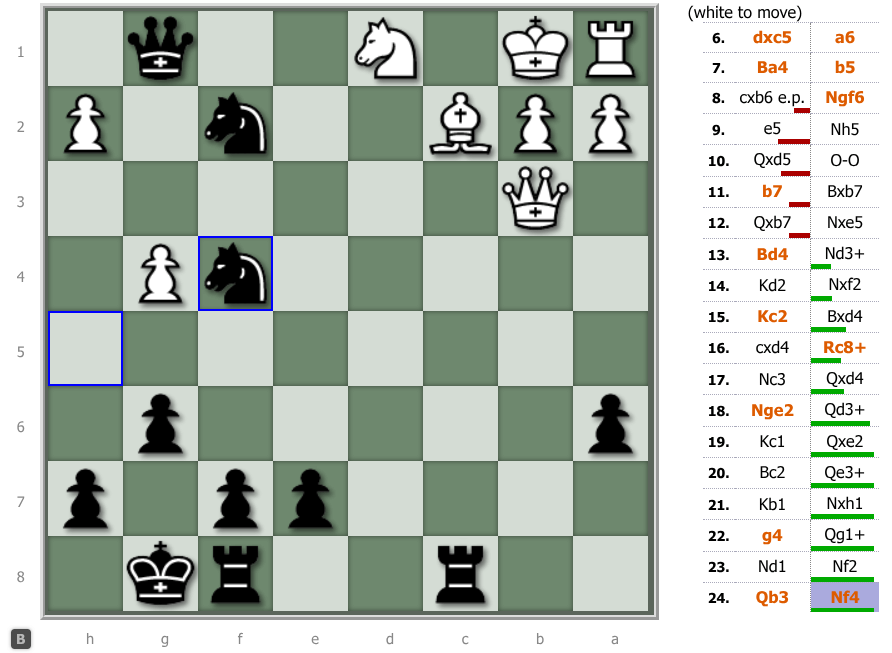
Last night I had a closer look at a blitz game I played recently on Gameknot.com. I managed to win as Black using Charlie Storey’s Sniper system.
Charlie Storey is an English Fide Master who I met at the British Chess Championships in Torquay in 2013. He published his first chess book, “The Sniper” in 2011 and has been an advocate for this hypermodern (1… g6 2… Bg7 3…c5) system ever since, and has refined some of the ideas in a video course on Chessbase.
I read The Sniper a few years ago, but didn’t properly absorb the lessons. This month I started a more thoroughgoing study of the book, and am about one third of the way through…
Okay, so that’s the background, now back to my rather more modest attempt to use the system in live blitz games on Gameknot.com whenever I am randomly assigned the black pieces.
Here's my post-match video commentary on the game:
White’s Third Move: Bishop to B3
In this game, we kicked off with 1. e4 g6 2. d4 Bg7 3. Be3, and already I knew this wasn’t quite the familiar Sniper path I’d seen in the first seventy pages of the book!
Be3 on move 3 is playable of course, but Charlie calls it “a less common line,” as I discovered when I looked it up after the game and found the opening on page 120.
I continued with the Sniper signature move: 3...c5, which was followed by 4.c3 d5. That’s where I deviated from Charlie’s advice. His recommendation, as I found out later, is to take on d4 first and only then push ...d5.
But I played 5...d5 straight away, which is not technically bad (no red flags from the engine), but definitely outside book. And in the complications that followed, things got dicey.
Middle Game Mayhem
We soon got to 6. dxc5 a6 7. Ba4 b5 8. cxb6, and here came my first blunder: 8...b5. I left a pawn hanging in the center that I should have taken with my own hanging pawn.
I name this structure, "The Hanging Pawns of Babylon."

After 9. e5 Nh5 10. Qxd5, I was two pawns down, and the pressure was mounting.
However, it’s blitz, and in Benoni-type structures, Black can often go a pawn or two down and still get dynamic counterplay. Whether that’s really the case here or not is another question!

White Misses A Trick!
As you can see, my a8 Rook is hanging… I let it be, and castled instead, which the engine didn't flag.
Now, if White had played 11.Qxa8 I doubt that I could have recovered. Instead, White blundered with 11.b7?, which was the move that let me back into the game...

The Tide Turns
The game proceeded with 11...Bxb7 12.Qxb7 Nxe5 13.Bd4?...
White’s 13. Bd4 was the turning point. The engine later flagged it as a blunder. While it looked active, it was a repeat Bishop move, which delayed development of the knights and left the rooks stuck in the corners. My pieces, on the other hand, were all coming to life, and my response, 13… Nd3+! gave me the game-winning initiative.
I Won on a “Blunder” that Overlooked “Mate in Eight”!
My opponent resigned after I played 25...Nf4 with the idea of bringing my Knight to the party. Technically, it was a blunder according to the engine because it wasn’t the start of an eight-move mating sequence. But of course, it ended the game in reality, since White resigned. A “blunder” that wins the game - I’ll take that!

Put the Knight back on h5 and see if you can find "mate in eight"! (Solution in the video.)
Lessons from the Sniper
Looking back with Charlie Storey's book in hand, it’s clear I stepped outside Charlie’s recommended path early in the game. In this line with 3. Be3 c3, 4…cxd4 before ...d5 is Charlie’s recommended move although the engine didn’t see anything wrong with my “4… d5” move.
Also, in blitz, activity can compensate for material loss, but only if you can keep your cool, and find the tactical moves when they appear.
This game was great fun to play, and even more fun to analyze afterwards. I’m going to keep on pressing on with my Sniper studies and use it whenever I’m randomly allocated the black pieces in Gameknot’s live blitz games.
Cheers!
David Hurley
#PubChessBluffer